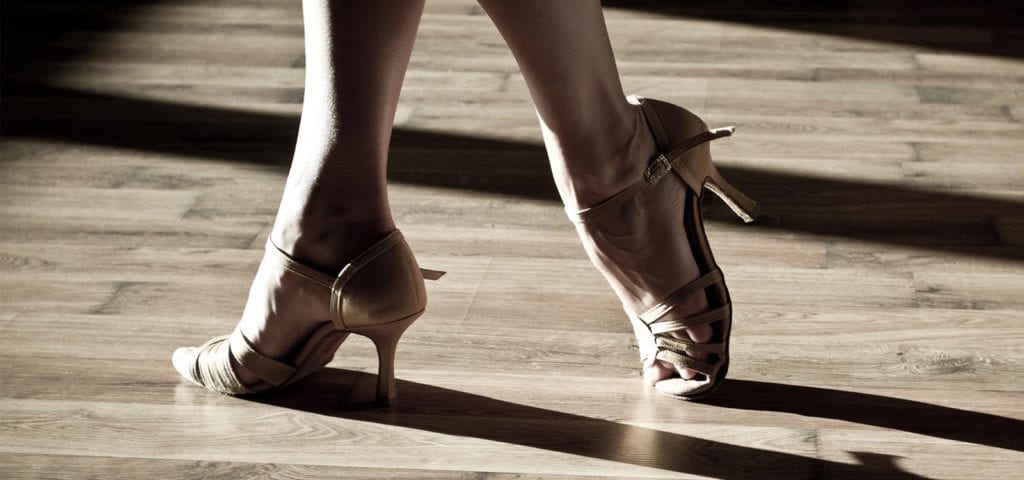
Rumba Walks are often danced poorly, especially by social dancers. This article is designed to help you better understand how to get the look that you see from top dancers.

Rumba Walks are often danced poorly, especially by social dancers. This article is designed to help you better understand how to get the look that you see from top dancers.
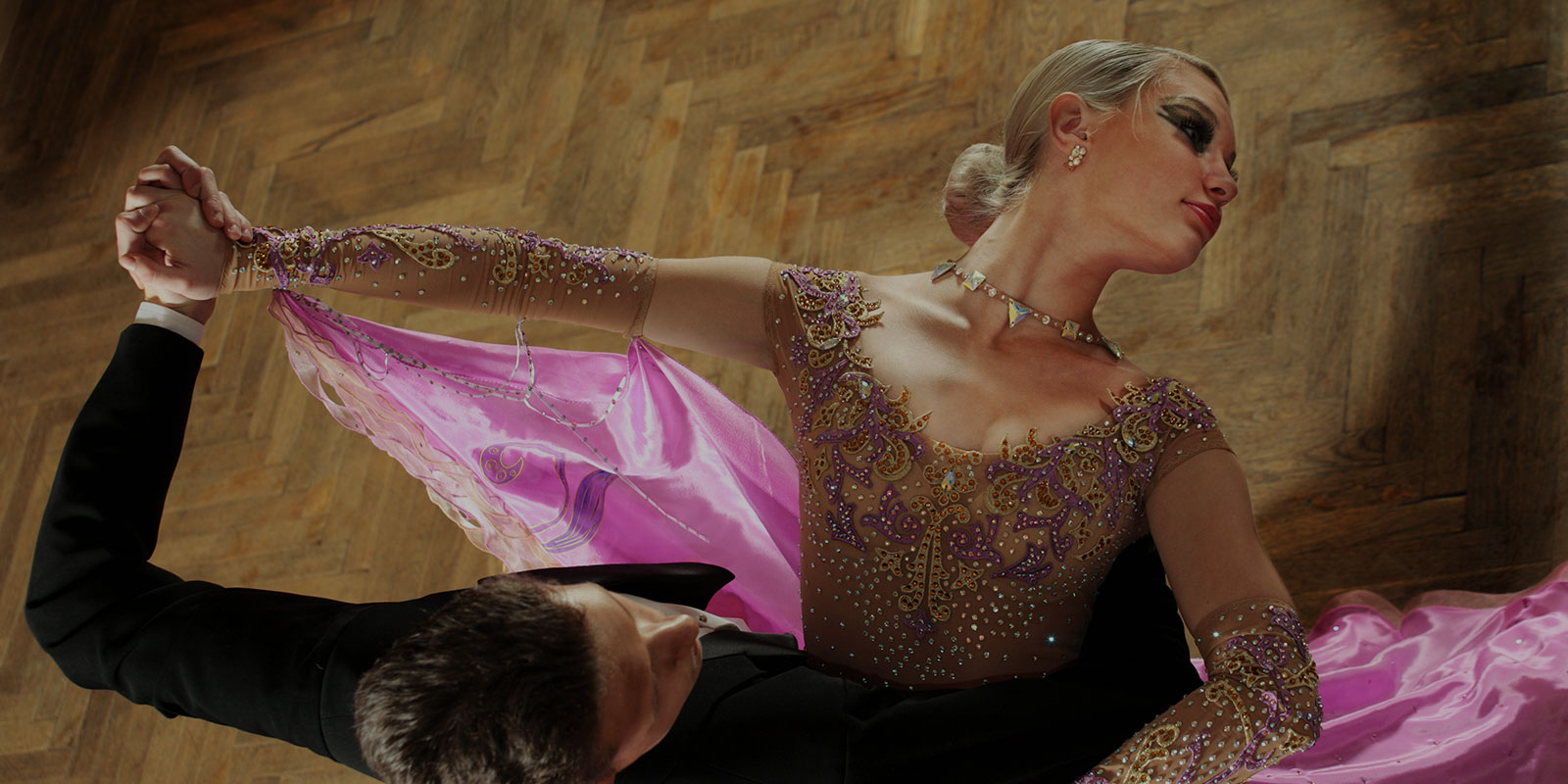
We see the beautiful stretch that top lady dancers apply when ballroom dancing. Here’s a handy guide to help ladies better understand how to create that stretch.
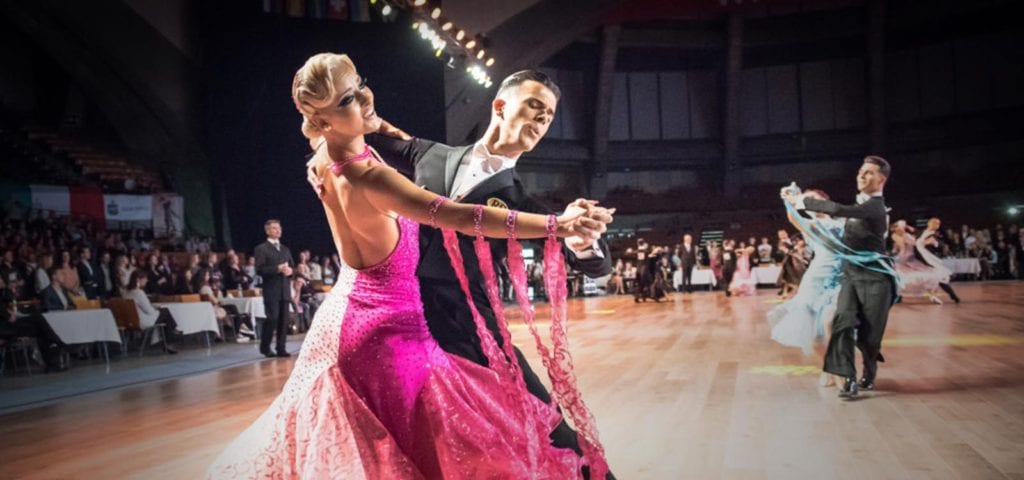
The Quickstep is lively and fun. But too much of today’s choreography has lost the real beauty of Quickstep, which is in the musical contrast.
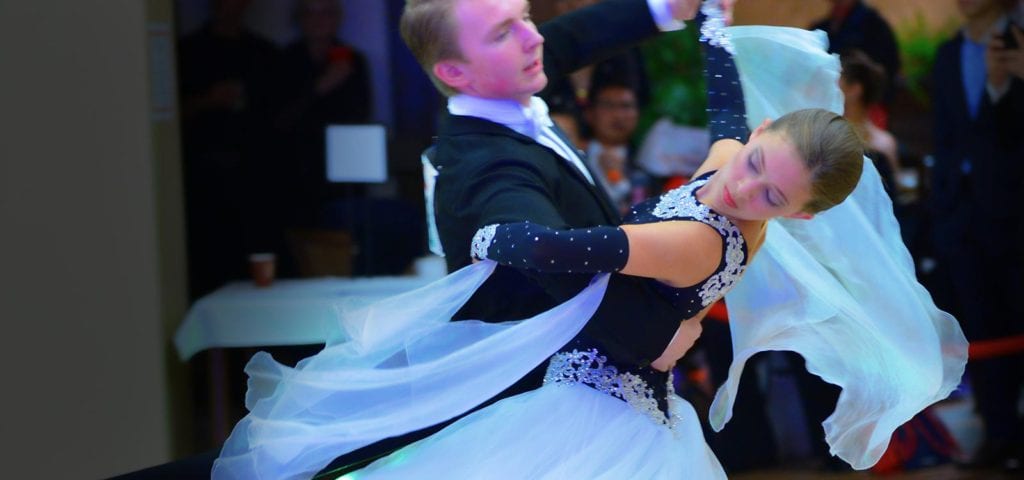
The Viennese Waltz is a beautiful dance with a long history. The basic dance consists of only three steps but is danced incorrectly far too often. Here are some insights to improve your Viennese Waltz.

A review of some of the key aspects of the character of Paso Doble, one of which in particular is becoming rare in today’s performances.

The Canada Dance Mapping Study was an in-depth look by the Canada Council for the Arts at the dance scene in this country. Here’s a look at the results.
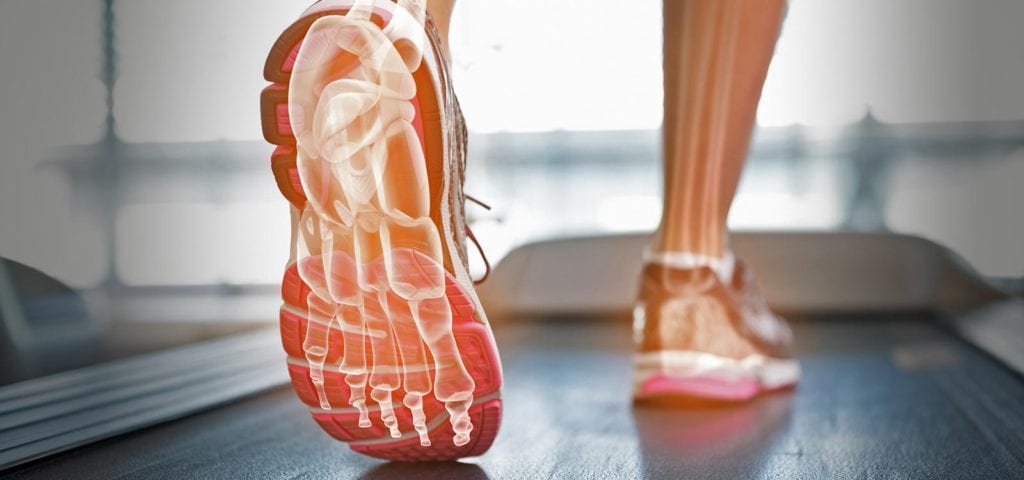
Far too many dancers use “Latin” or Ballet feet in the Standard and Smooth dances. It’s natural to move like this for stability, but it’s ugly and inefficient in those dances. Here’s how to fix it.
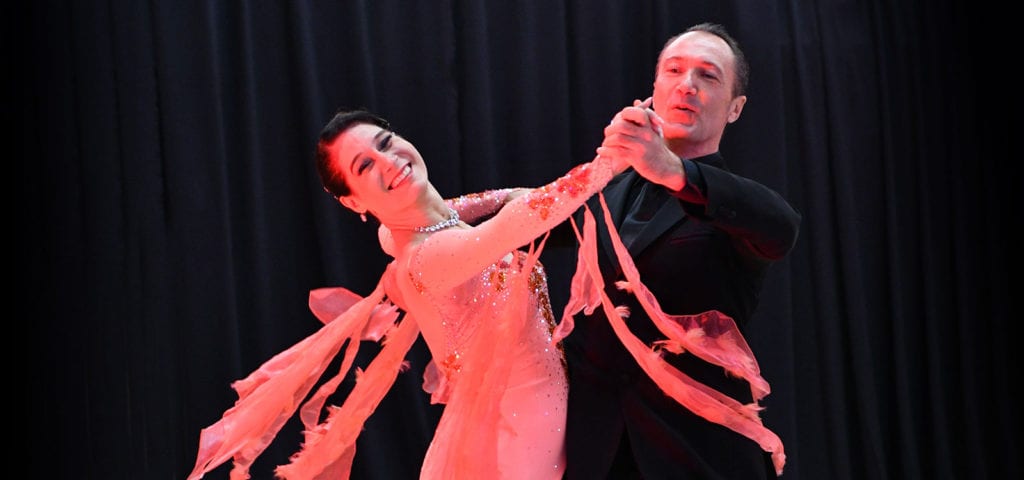
Ever wondered what a dance instructor thinks while watching a competition? Here’s a look into my own thought process from notes at two recent events.
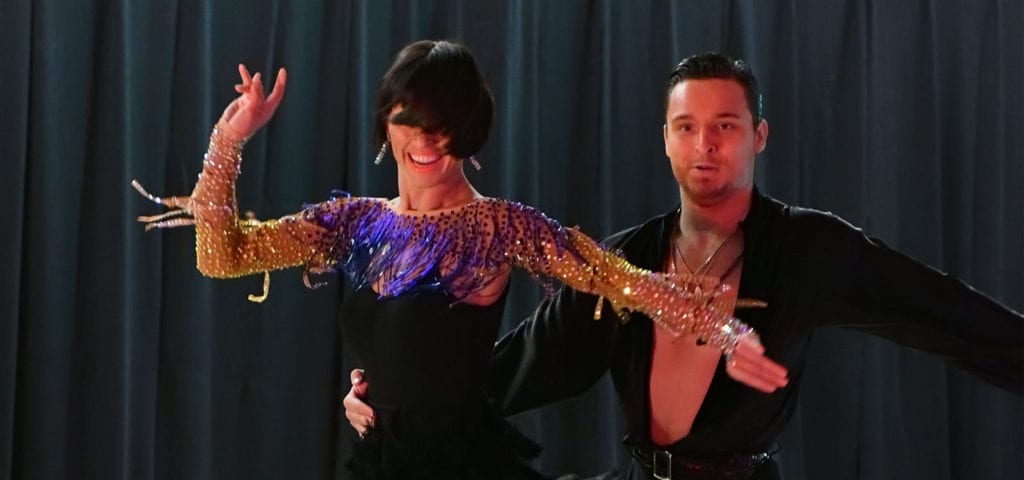
Delta Cup 2016 was a tremendous success. We hope you were part of it. Here are a few thoughts on the event and the people who made it so exciting.
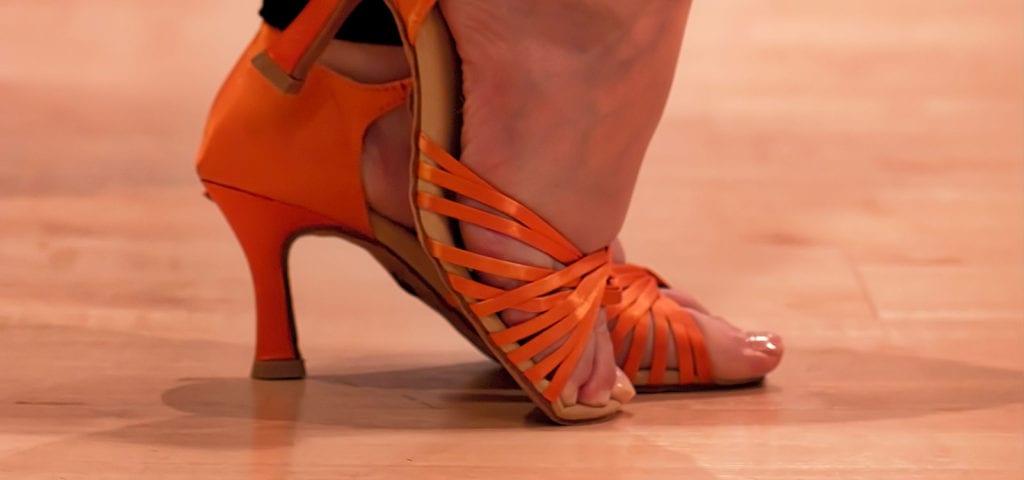
Danced well, the Closed Hip Twist is a beautiful basic step with a great story to it and the potential for a variety of ending actions. But it is danced poorly so often that it’s worth a closer look.
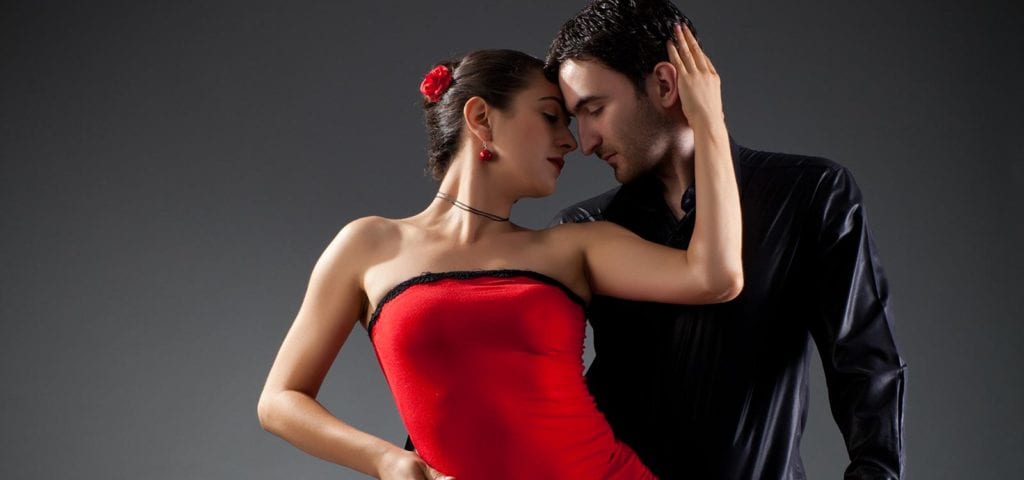
Few ballroom dancers know much about the real history of the Tango beyond its Argentinian roots. And fewer still know about the year the entire world went Tango Mad.

Here are a few important concepts that we regularly share with men to make them more aware of how they can be more successful partners. And in the process, how they can become magnets for the ladies on the dance floor.
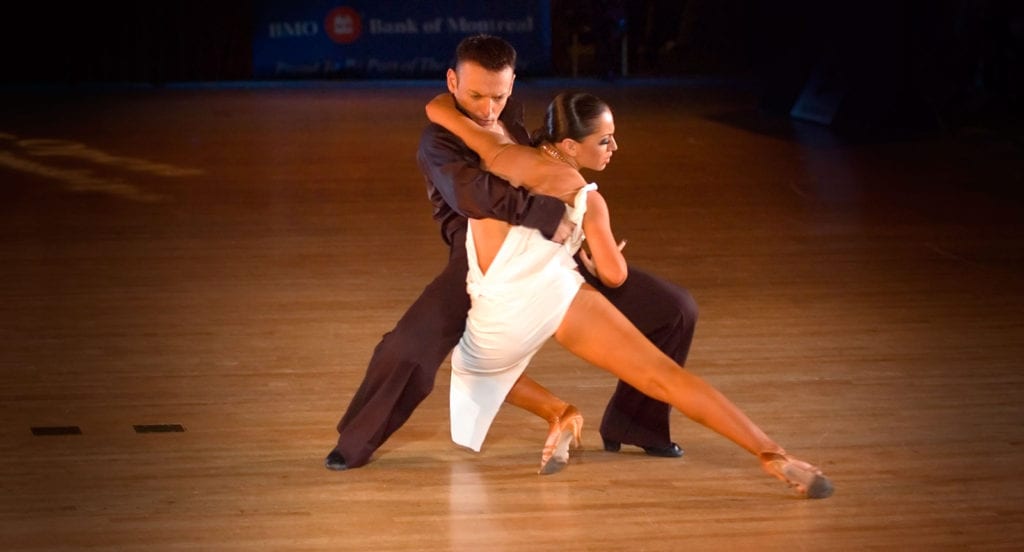
For a dance that’s focused on expressing a love story, the Rumba has gone through an interesting and embattled history. Here’s a look at some of the development of this Latin American dance.
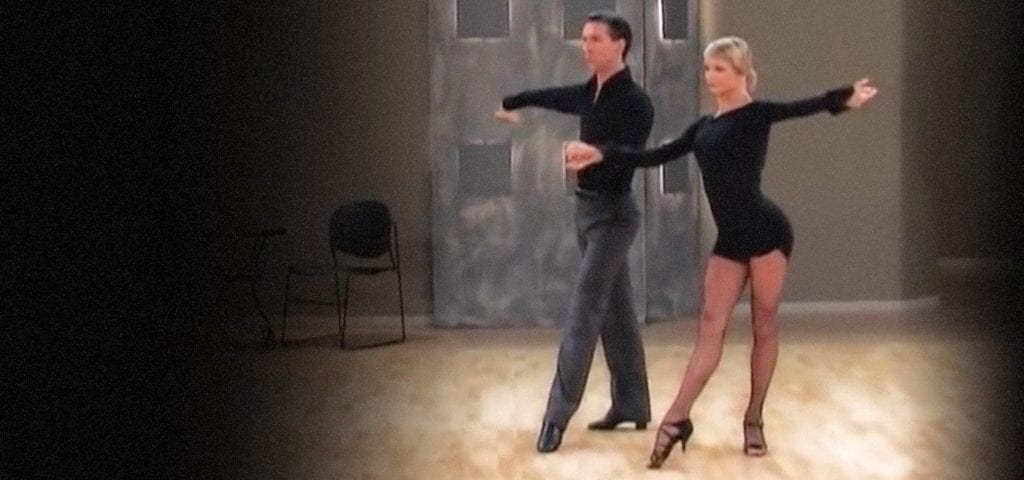
The Hand to Hand is one of the most basic Latin steps, yet I’m always surprised how often it is danced poorly. Here is some information to help you improve your Hand to Hand in Rumba and Cha Cha.
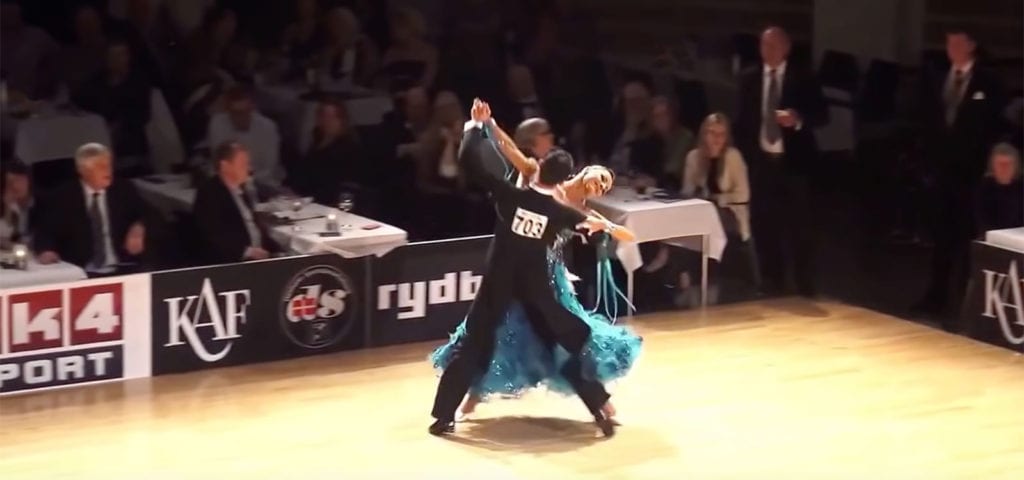
The Waltz Natural Turn may be a simple and basic step but it is danced incorrectly far too often. Here are some insights to dancing a better Natural Turn.
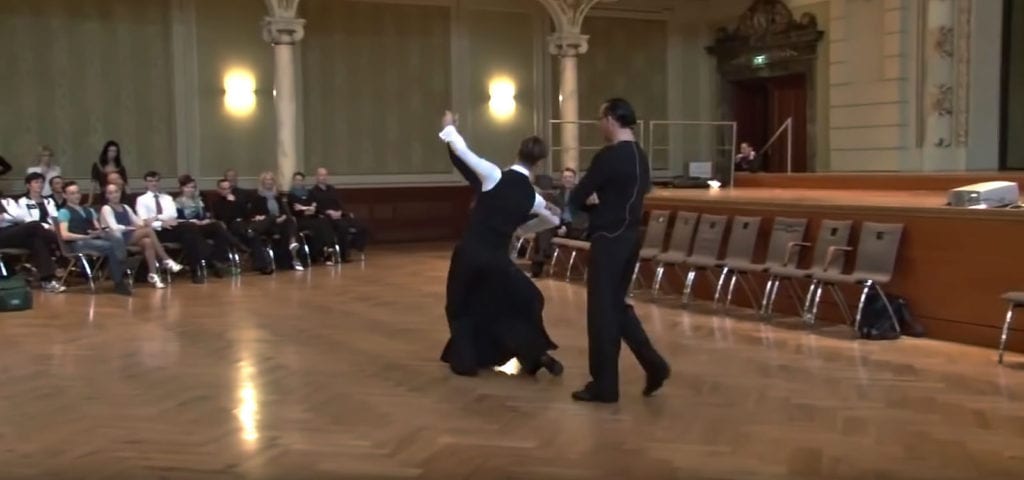
We hear a lot about making our dancing more “dynamic.” What does that mean, and where do we draw the line for excessive styling? Here are some thoughts.
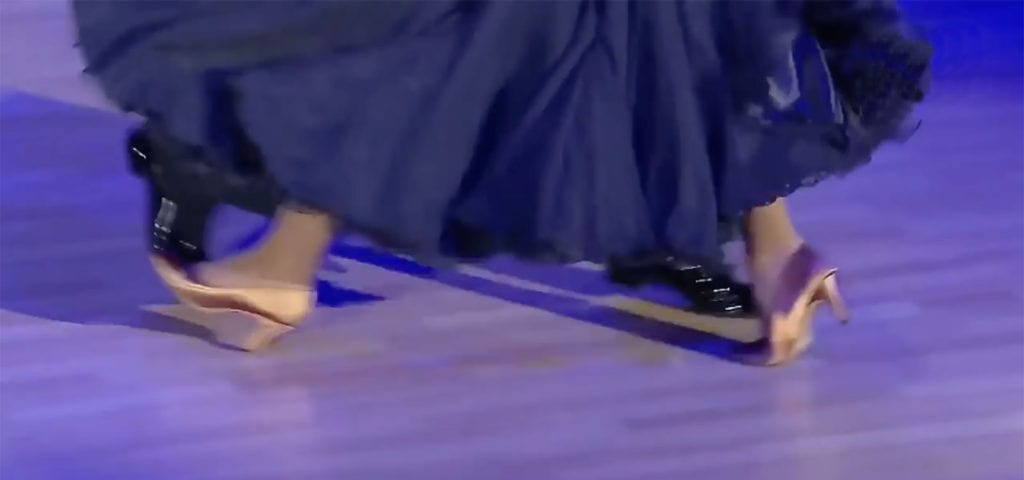
The beauty of Slow Foxtrot is in the long, slow horizontal movement with very gradual, minimal rise that extends the smooth linear action of the dance. So how do you achieve that long, slow movement?

Bob Jones was shocked to discover a missing right foot after dance class that had been lost as far back as he can recall.

Which movie scenes touched the world of ballroom dancing in particularly powerful ways? Here’s a look at some of the most influential dance scenes from motion pictures.
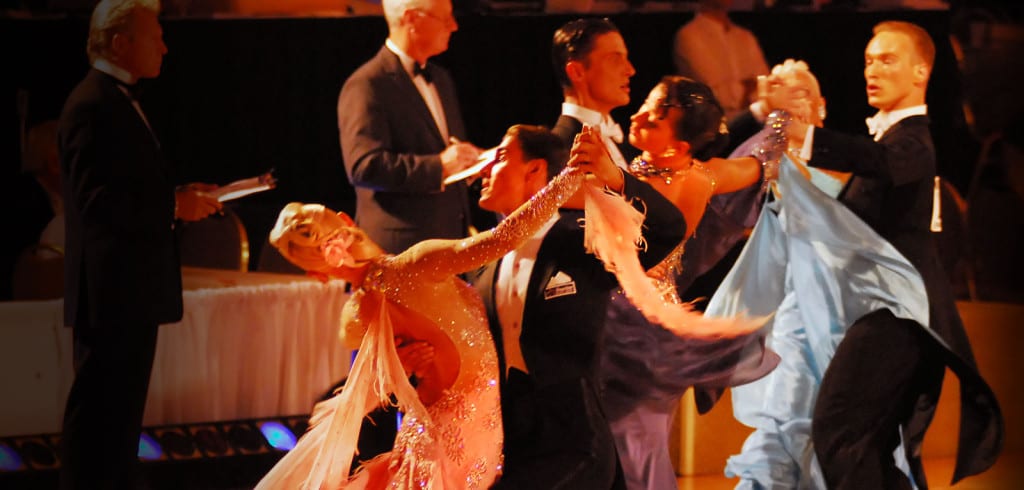
Whether you’re a social dancer or competitor (at any level), there are five primary things that seem to come up more often than any other. Here are some tips on how to solve them.

We all know about hip rotation in Latin, but just how much rotation is frequently misunderstood or not applied. Here’s a look at how important it really is.

Researchers at Johns Hopkins University discovered that how you practice dance can double the speed of your learning process compared to traditional approaches for practicing motor skills.
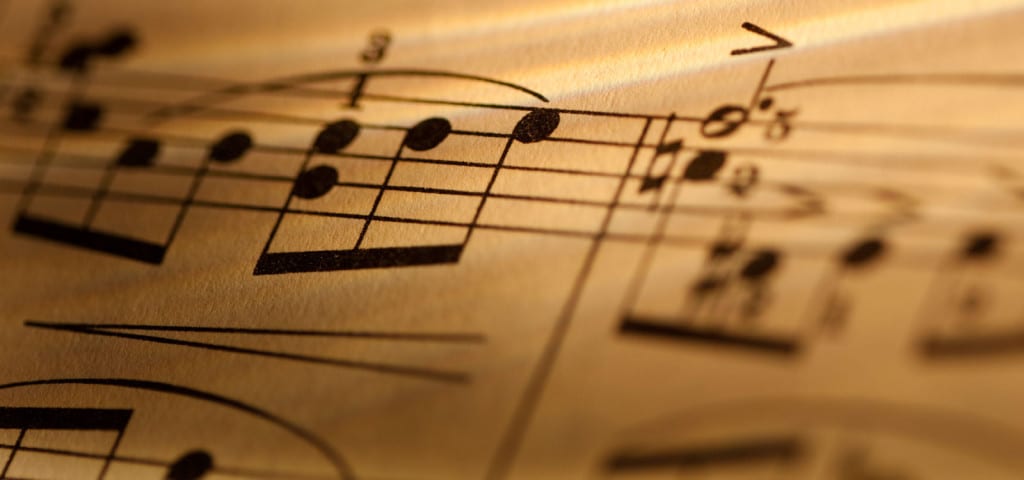
This post explores six ways that music can influence your choreography. When you understand these aspects of musicality, you should be able to create more musical dancing.

All of dancing is about one primary quality. Without that aspect, all the technique in the world is empty, having no practical value. Here’s what you need to know.

Understanding the four power sources in dance can make your dancing more dynamic, with more speed and volume while at the same time requiring less effort to achieve.

The Viennese Waltz is the origin of all ballroom dancing. In its pure form it is a pure, flowing presentation of the beauty of partner dancing. But in the past couple of years the WDSF has changed this dance in a disturbing way. Here’s how I see it.
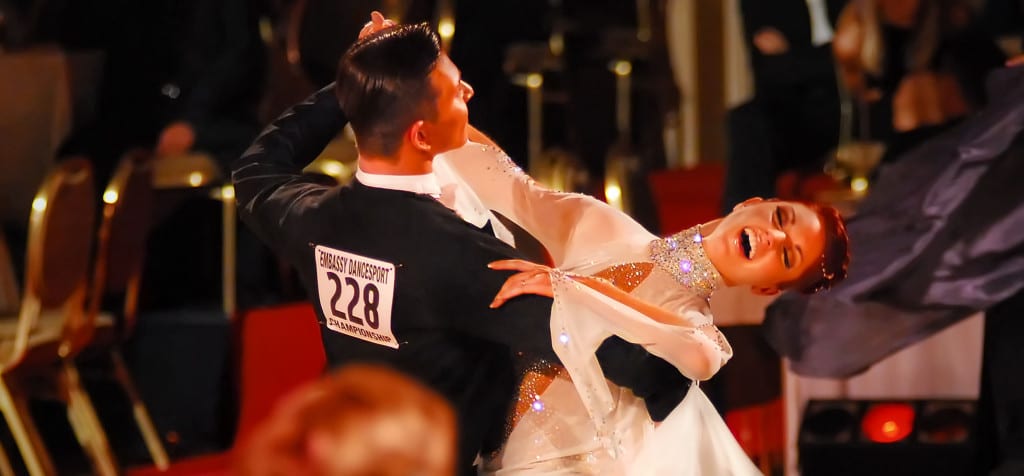
Ballroom dancing is about two people moving together to music. That involves technique. Here’s how to keep technical thinking from paralyzing your dancing.

During storm season, dancers can find themselves with no electricity when there’s a power outage. Here are five things you can do when there’s little space, no video, no music and less than ideal lighting.
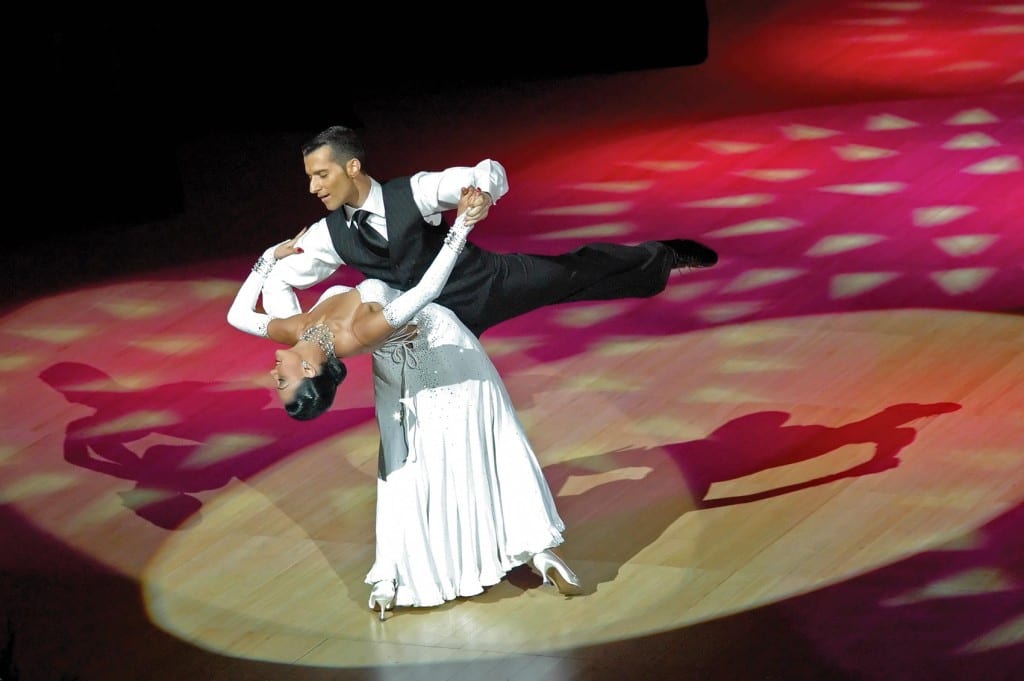
I recently came across a series of notes I had made while attending the Professional Congress Workshops at the Embassy Ball a few years ago. I especially appreciated the clarity and power of message from Barbara Ambroz, a top adjudicator and one of the presenters.

This week, as the IOC voted on 26 sports vying to be considered as new Olympic medal sports, ballroom dancing was the first one eliminated from consideration. It’s time we put an end to this nonsense and get back to the art of dance.